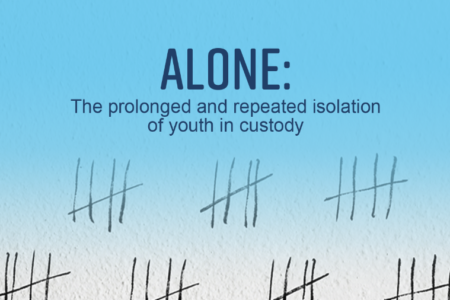Vacancy rate in local healthcare staffing three times pre-pandemic rate: IHA
The current number of vacant positions in Interior Health Association is about three times higher than it was before the pandemic and the current staff are “burning out,” according to an IHA official.
An inquiry to IHA media relations confirmed that the staffing shortages plaguing healthcare facilities across the country are also crippling West Kootenay locations, causing reductions in the emergency room hours and redeployment of staff from other departments and centres.
In fact, the national insufficiency has had a ripple effect on the local inability to attract and fill key gaps in the employment roster, the IHA media relations office in Kelowna noted.
“Interior Health is facing human resource challenges in many of our communities,” the department asserted. “These challenges are occurring in every sector of the economy, with the health sector across Canada being hit particularly hard.”
Although what is causing the staffing shortage isn’t isolated, the demands of the pandemic have been widely cited by those who have left the healthcare field.
Staff shortages have been reported at hospitals across the nation over the last few months, with burnout — after more than two years of increased workloads due to COVID-19 — often being cited as a factor.
“Two plus years of a generational health crisis that is the pandemic has meant many nurses need a break from their profession, and burn out is a real thing,” the media office stated.
As well, sickness rates continue to climb higher than in previous years with COVID-19 still circulating across the West Kootenay.
Band-aid measures
To help alleviate shortages in the short term, the IHA has contracts with several nursing agencies, which are helping fill vacant nurse and care aide lines.
Healthcare facilities also redeploy nurses from smaller sites to a hospital that is facing a staffing shortage, or from within the hospital itself to a unit in need of staff.
“In some cases, patients are diverted to another hospital if they cannot be safely cared for at a particular site where there are not enough nurses or physicians able to work a shift,” IHA media relations stated. “Our hospitals work as a network and support each other as needed.”
If the IHA is unable to appropriately staff a site, the decision to temporarily close a unit is made, such as an emergency department in two Kootenay-Boundary rural hospitals.
Services that have been impacted are the Slocan Community Health Centre emergency department hours — which have been temporarily reduced to 12 hours daily (8 a.m. to 8 p.m.) due to a shortage of nursing staff — and the Boundary District Hospital in Grand Forks has temporarily closed the 12 inpatient beds (the emergency department remains open) due to a shortage of nursing staff.
New deal a solution?
Help may be on the way, however.
On Thursday, Sept. 1 a deal was announced between nine unions representing 60,000 healthcare workers — around 90 per cent represented by the Hospital Employees’ Union (HEU) — and the province, but it has to be voted on and ratified by the union membership.
The new agreement could solve the problems of staffing shortages and the resultant burnouts, noted HEU secretary-business manager Meena Brisard in a press release, but the new three-year deal also covers inflation-sensitive wage increases.
“Protecting our members’ earnings against rising costs has been a key priority for our bargaining committee,” Brisard said in the release. “This settlement provides for inflation-sensitive wage increases and other compensation improvements that will help keep skilled, experienced workers in health care, and attract new workers to careers in our hospitals and care homes.”
The province could contribute more to training and education with a commitment to hire thousands of new workers.
“This will provide our members with career mobility, reduced workloads and more secure work which is key to addressing the staffing crisis we face today,” said Brisard.


























